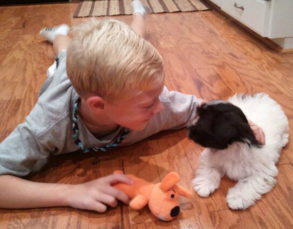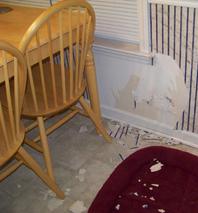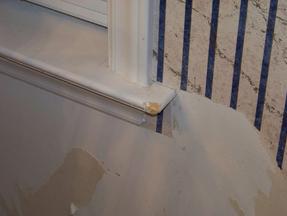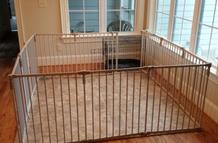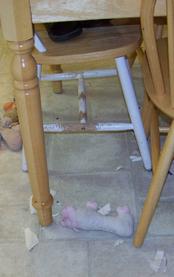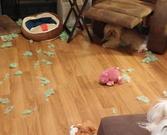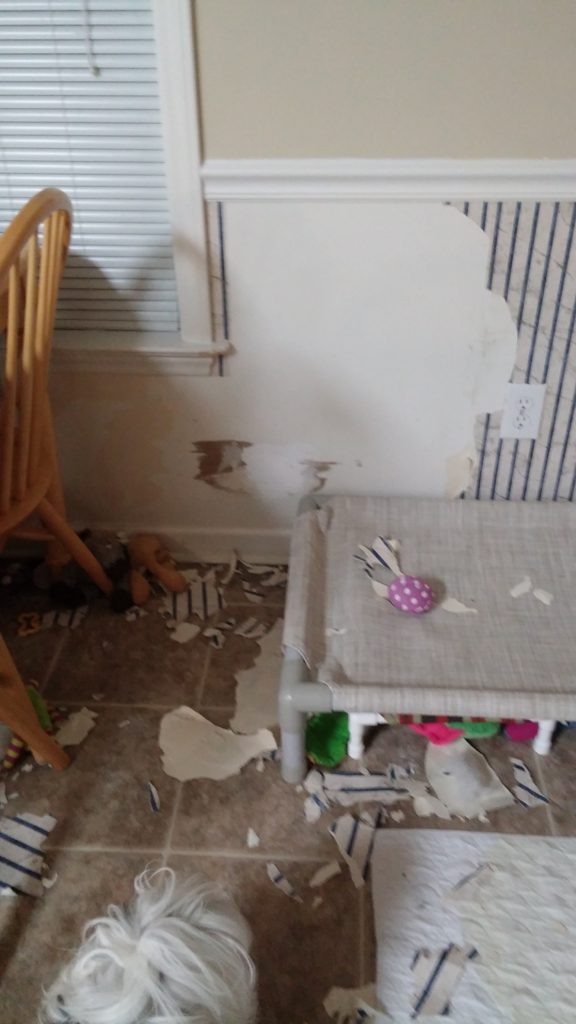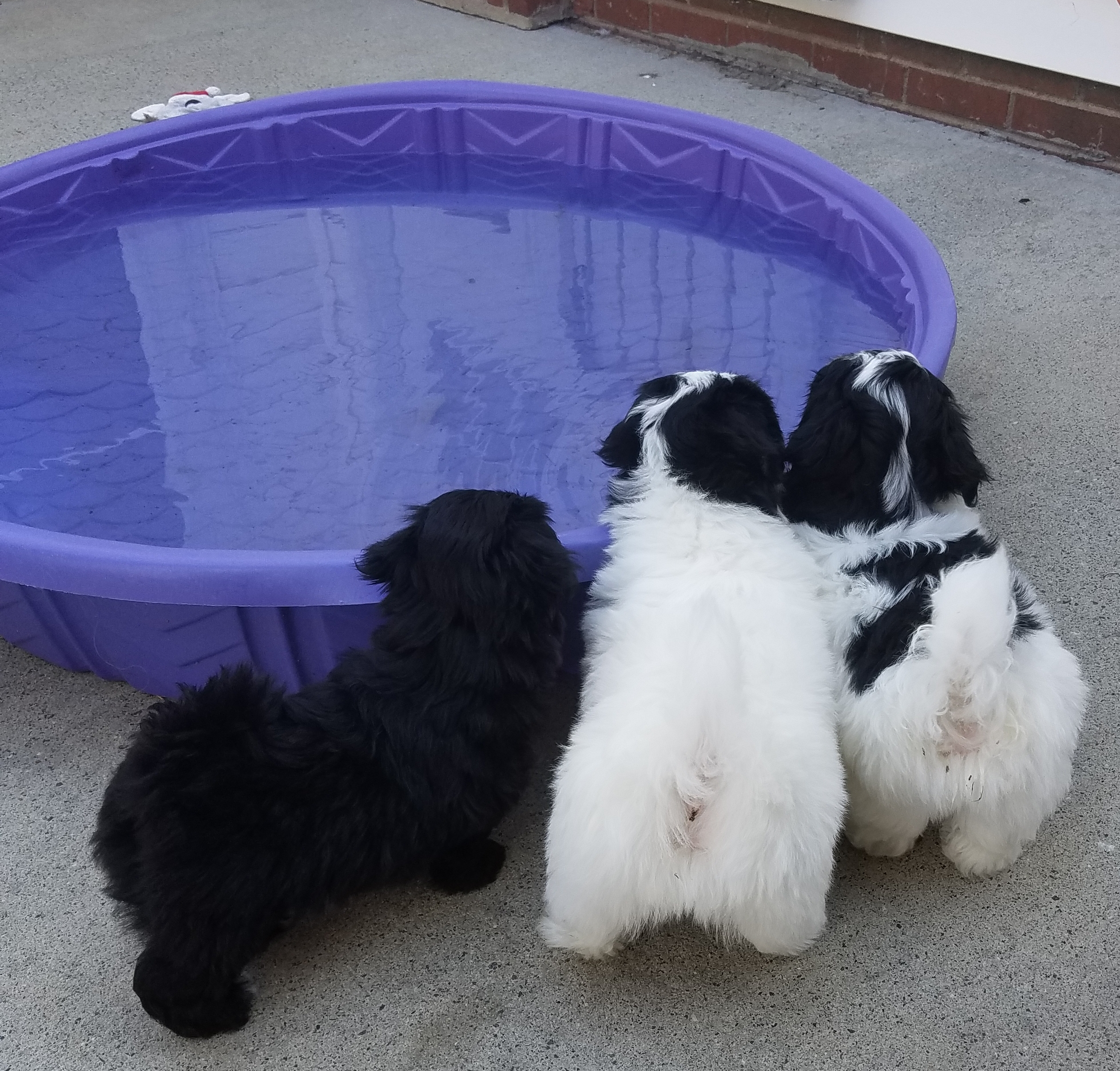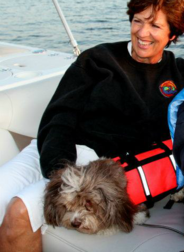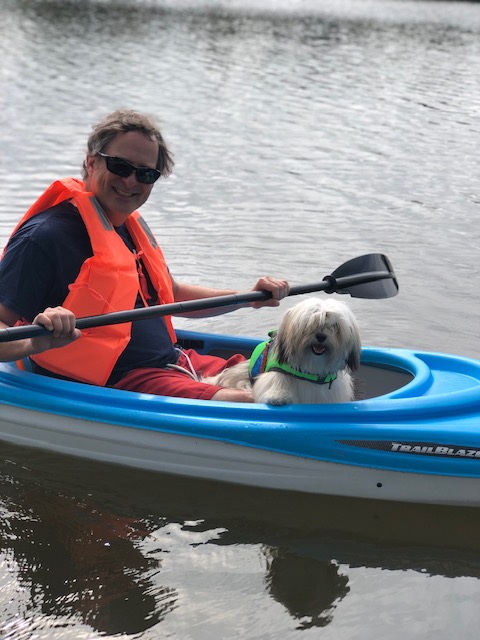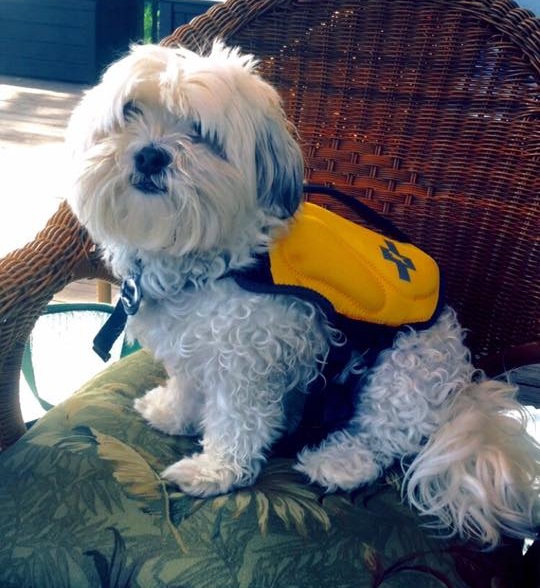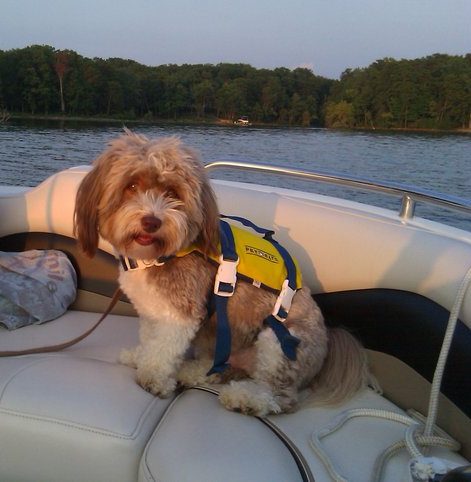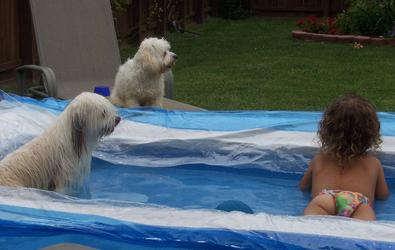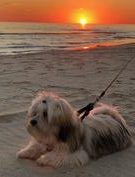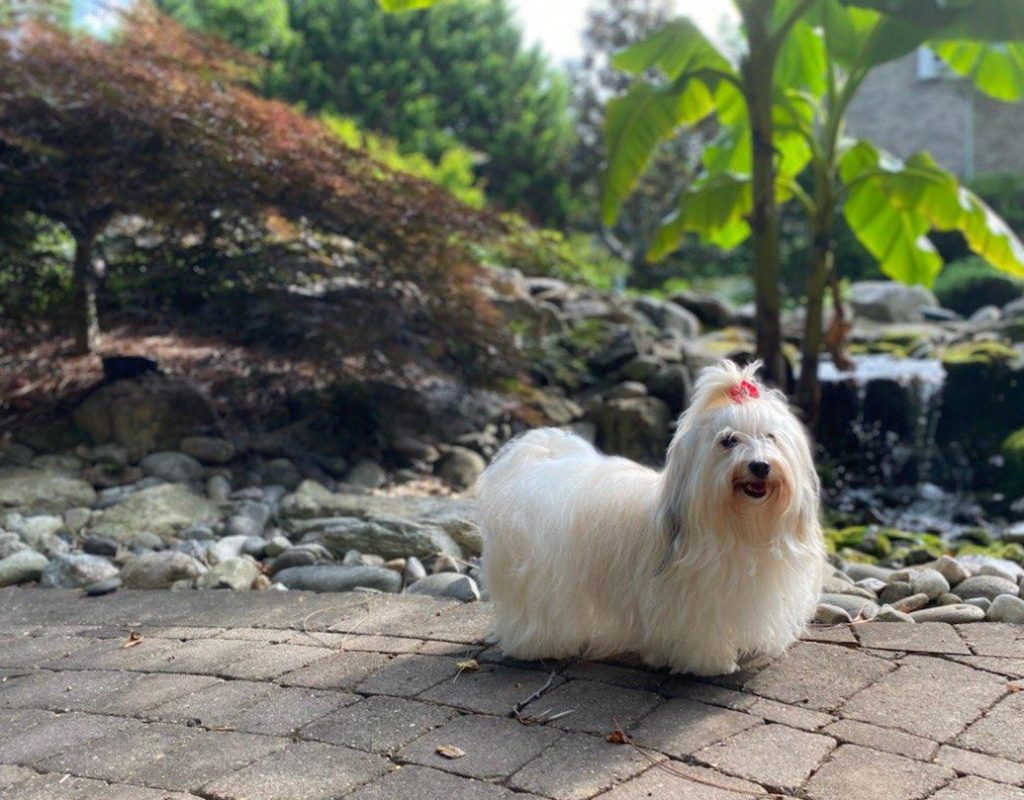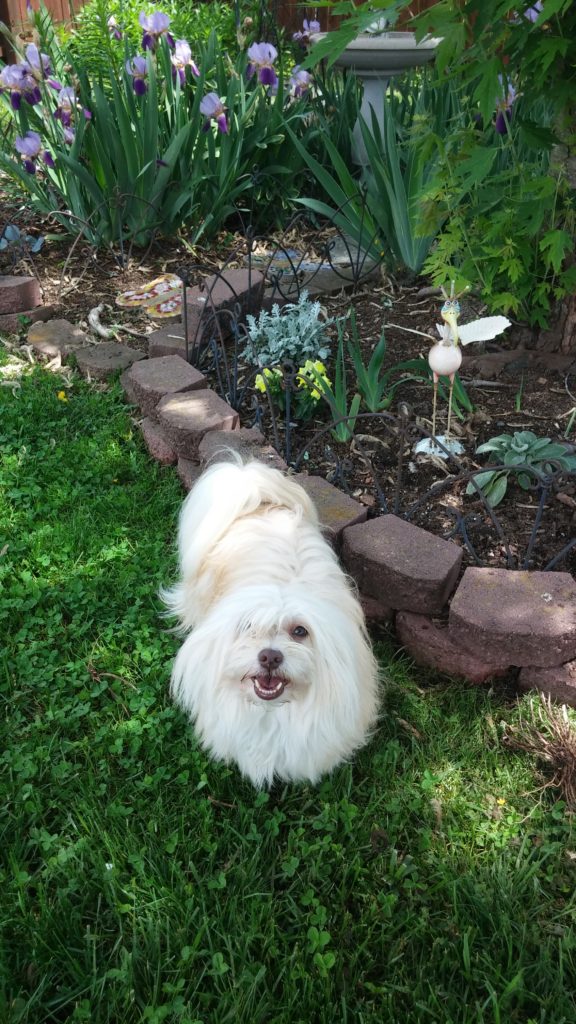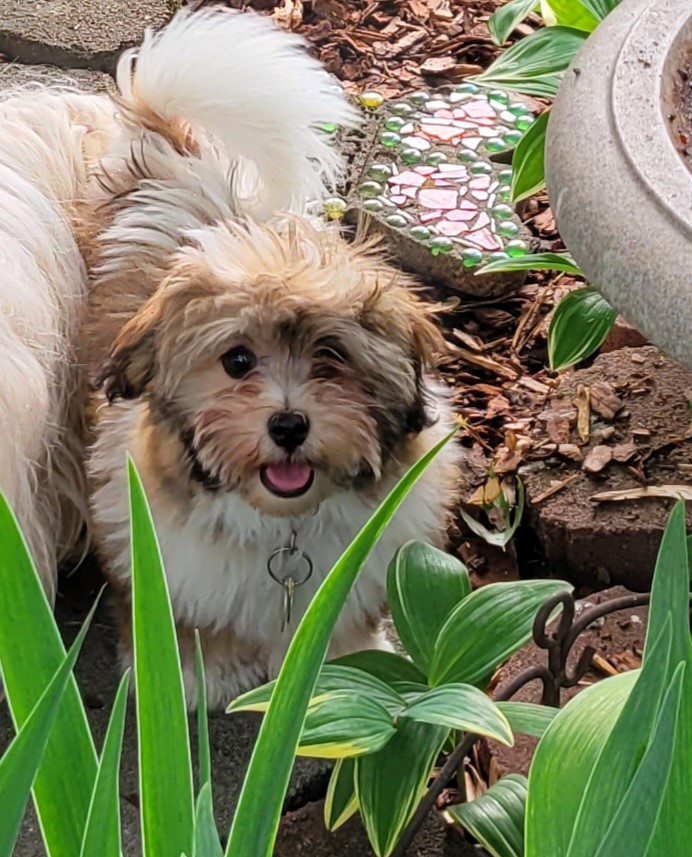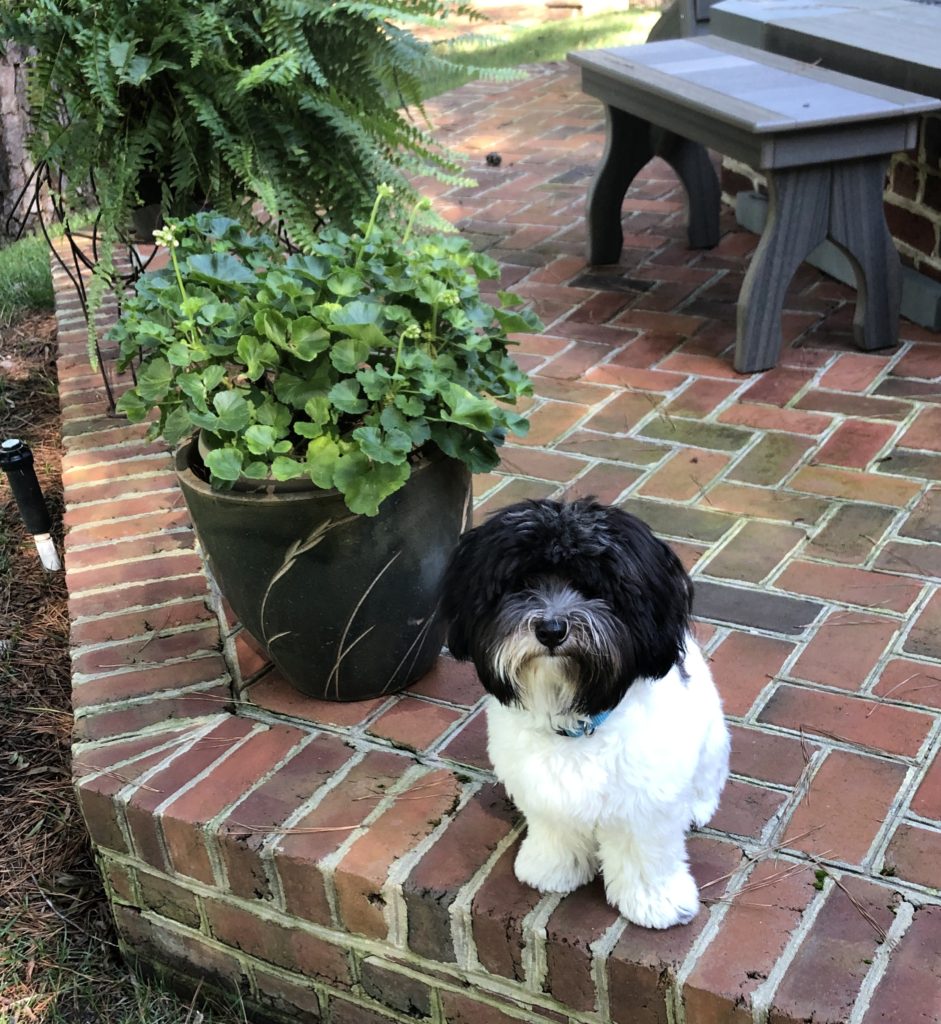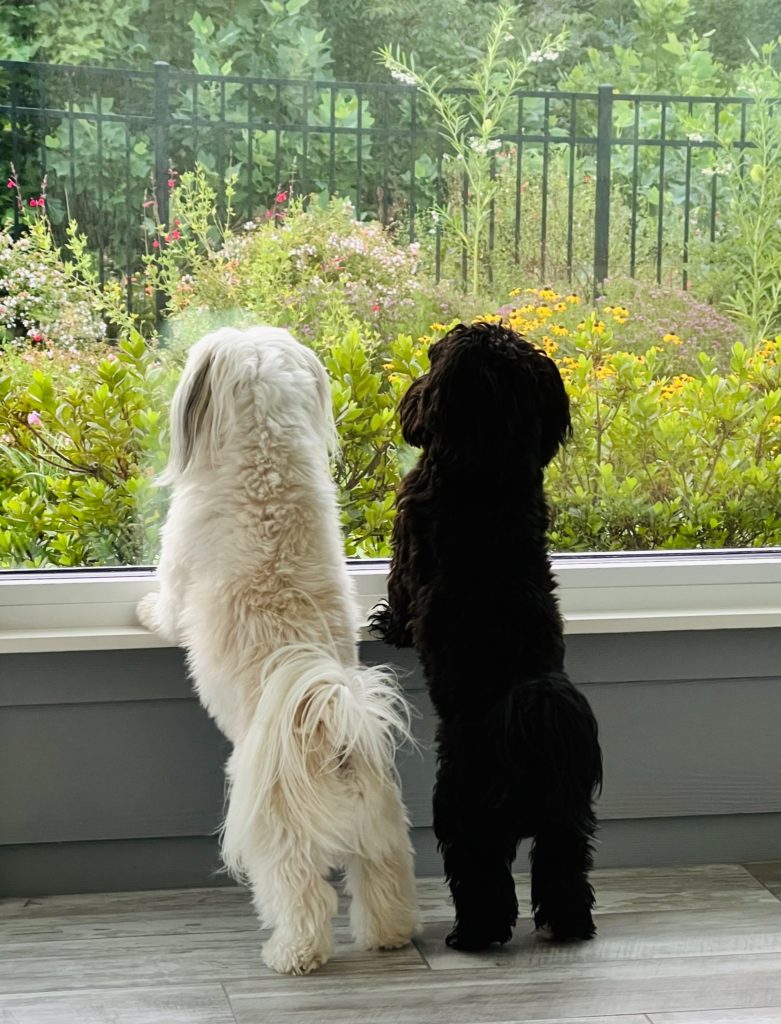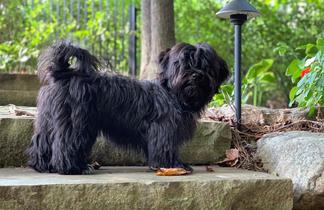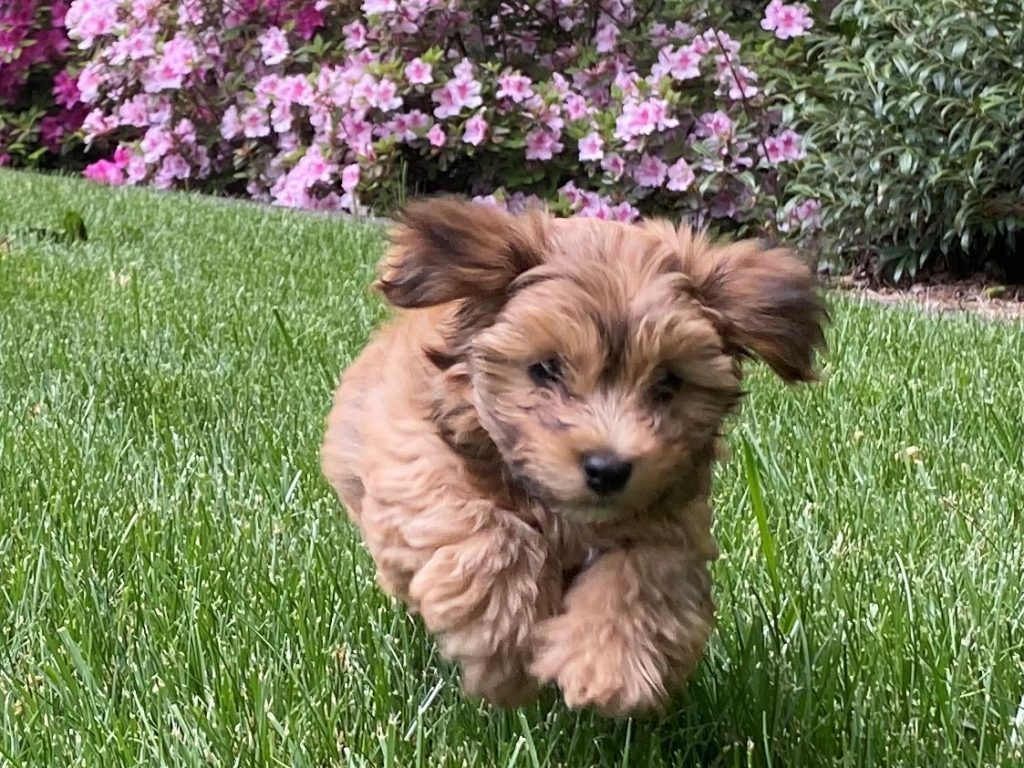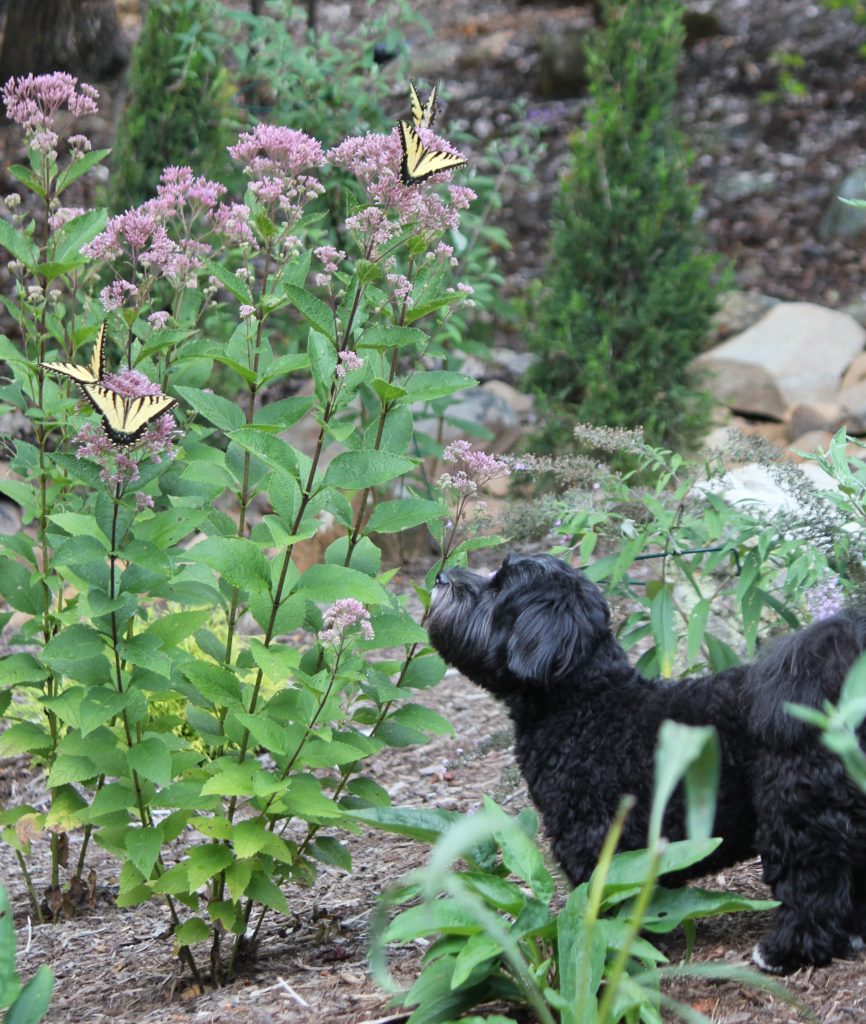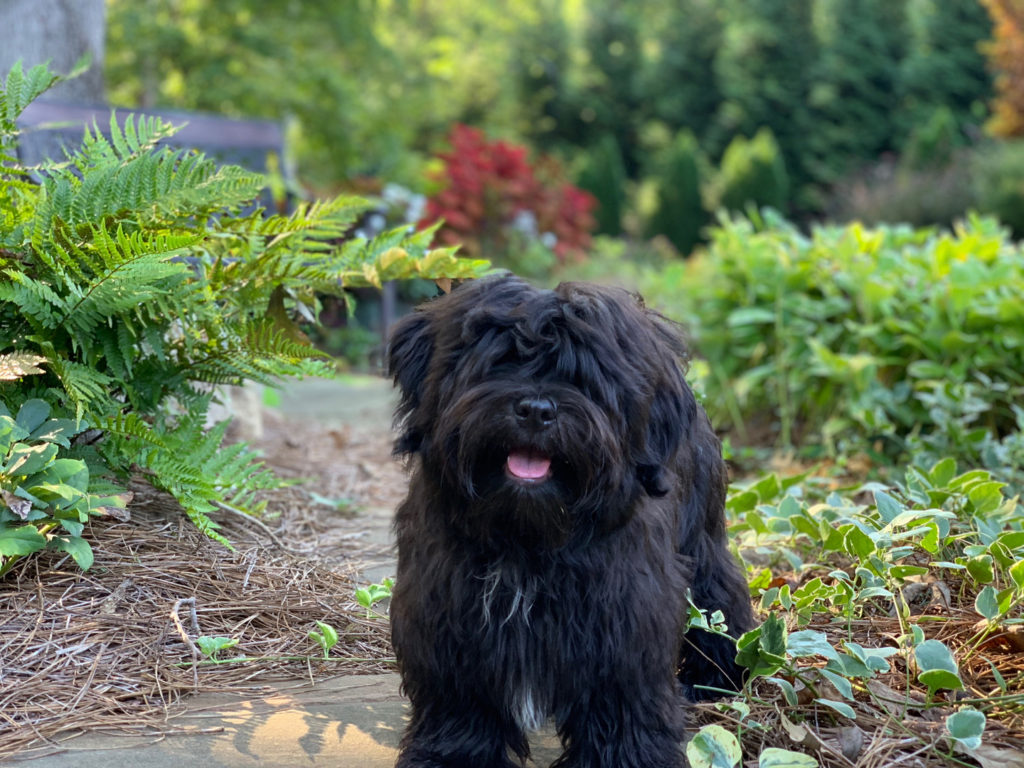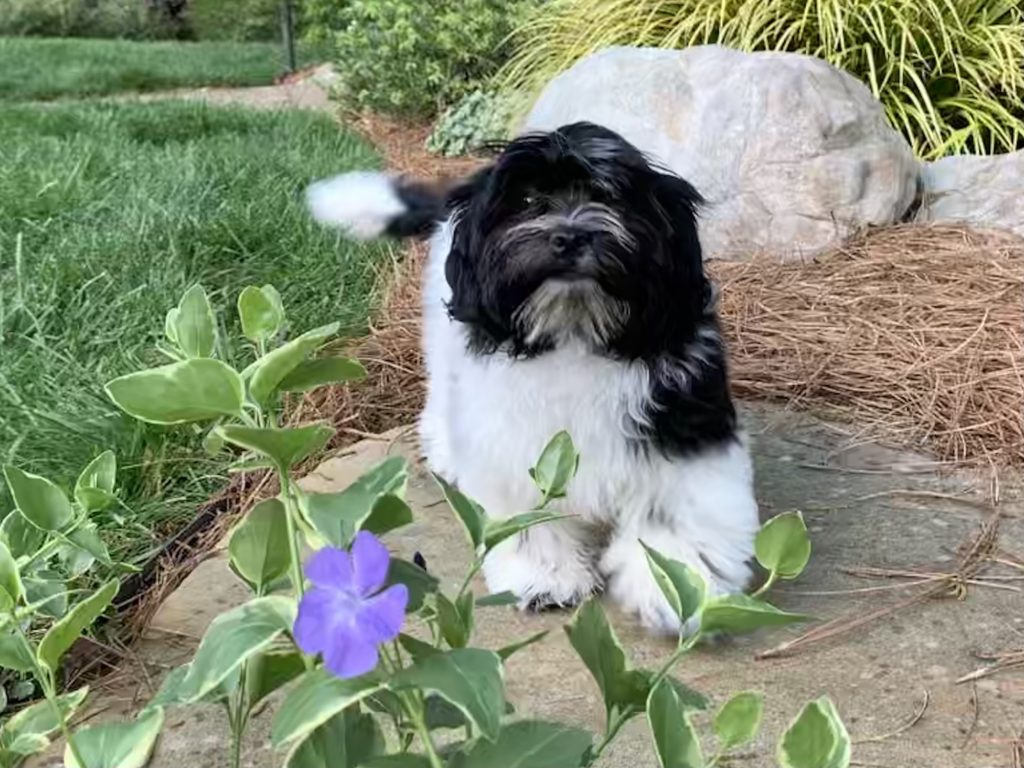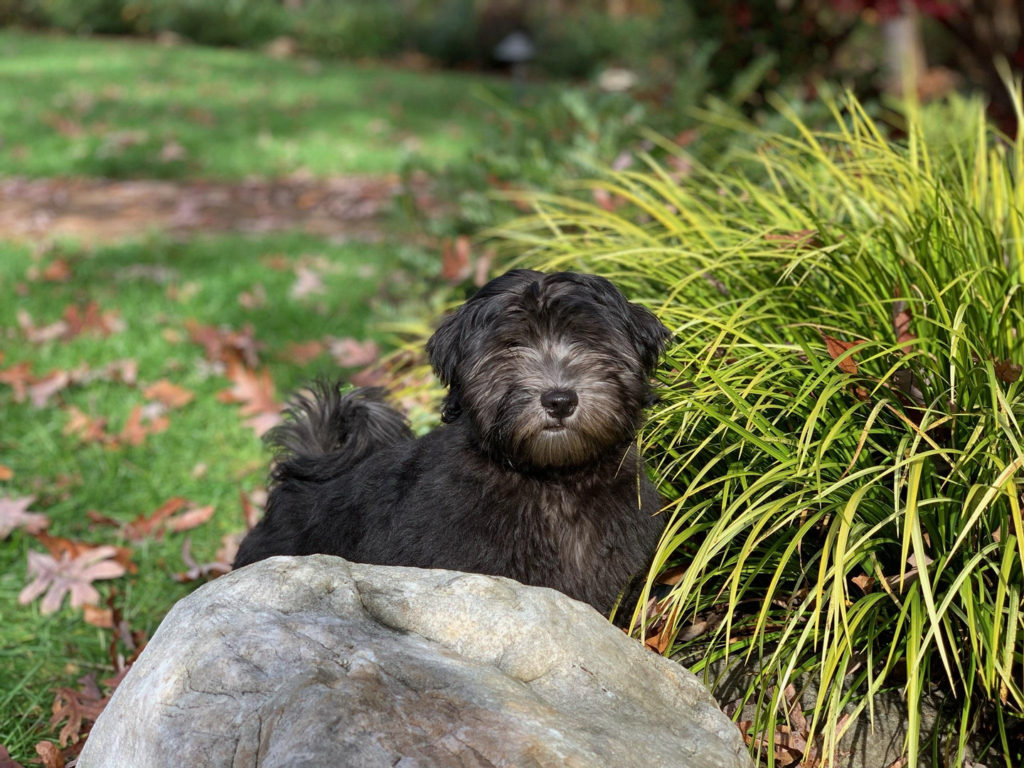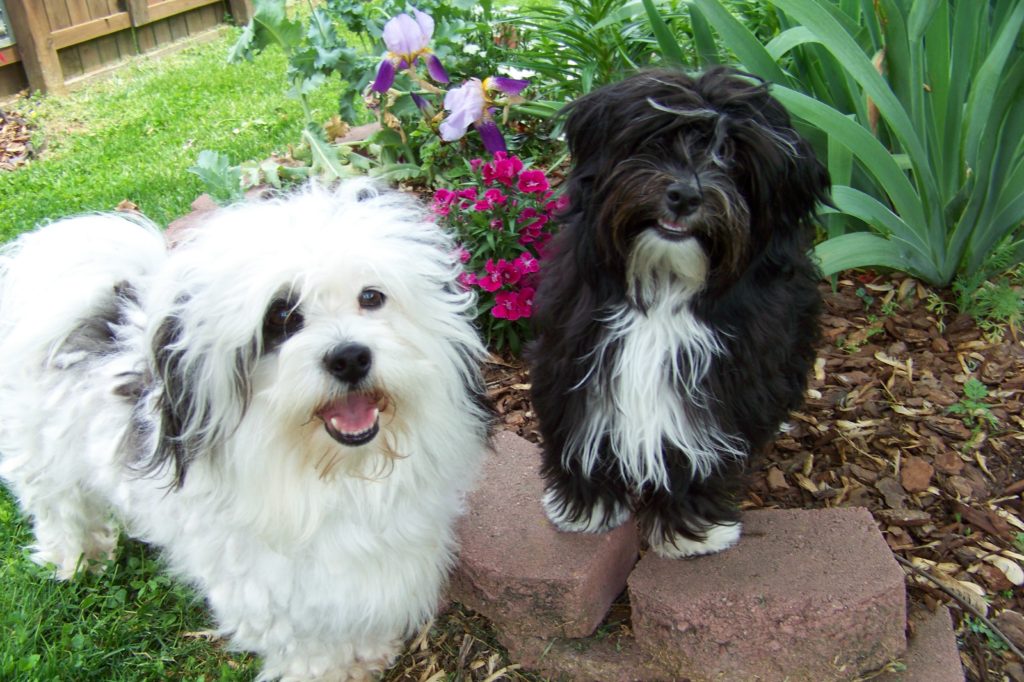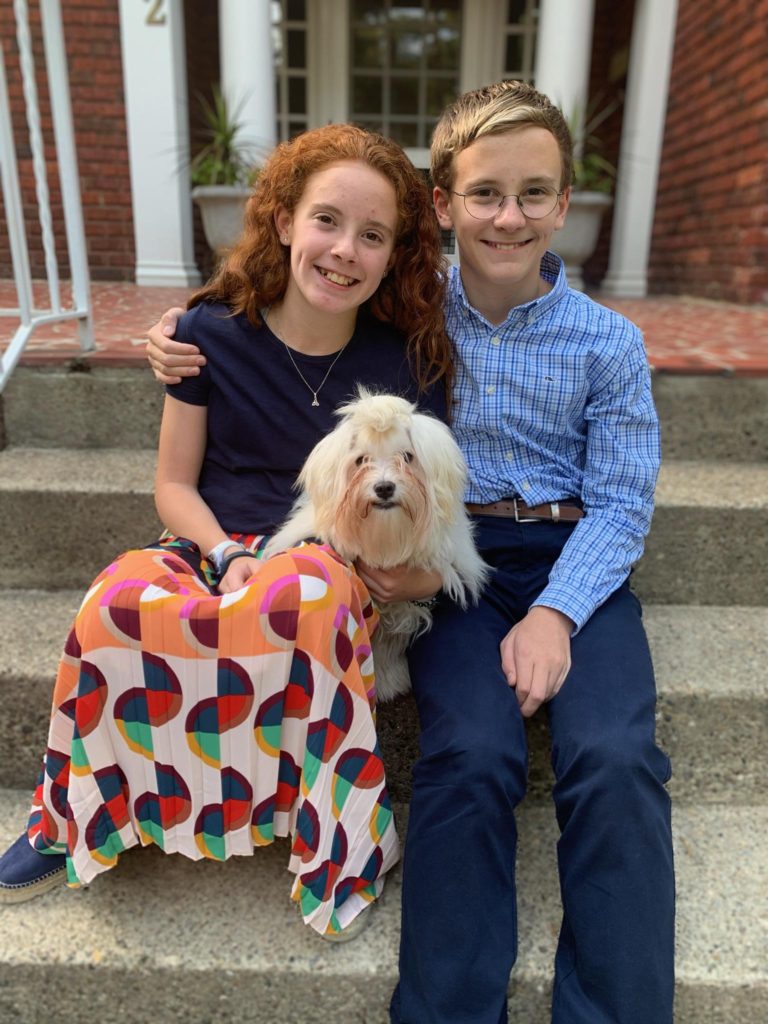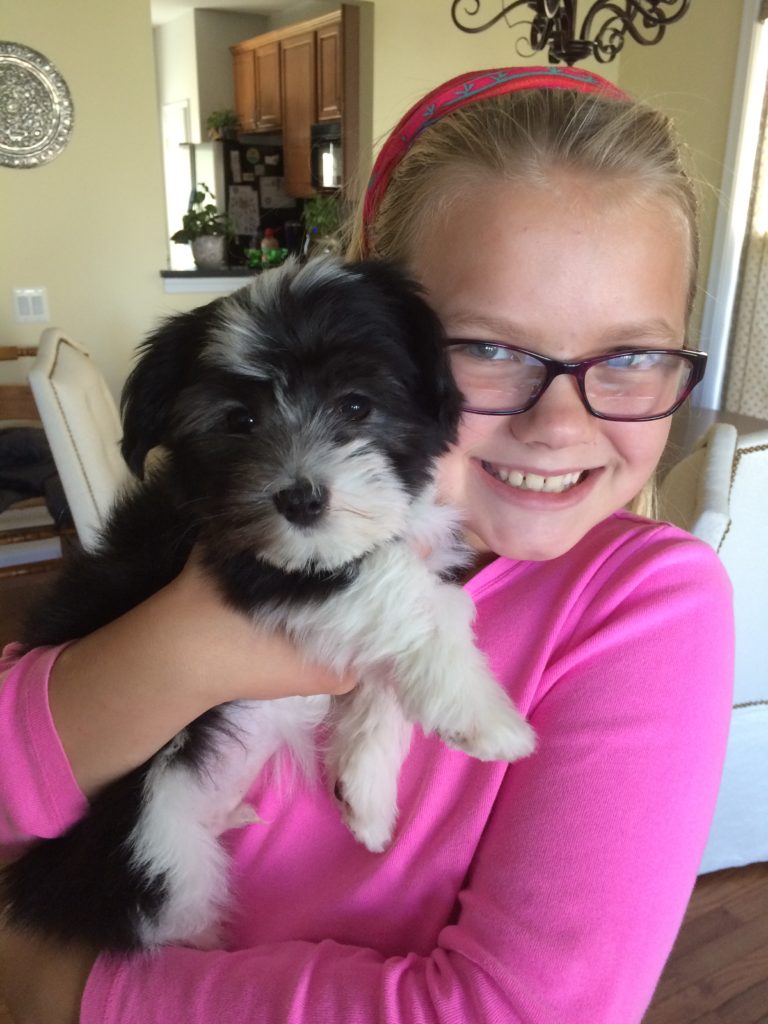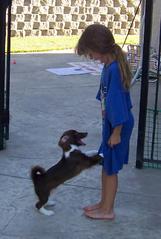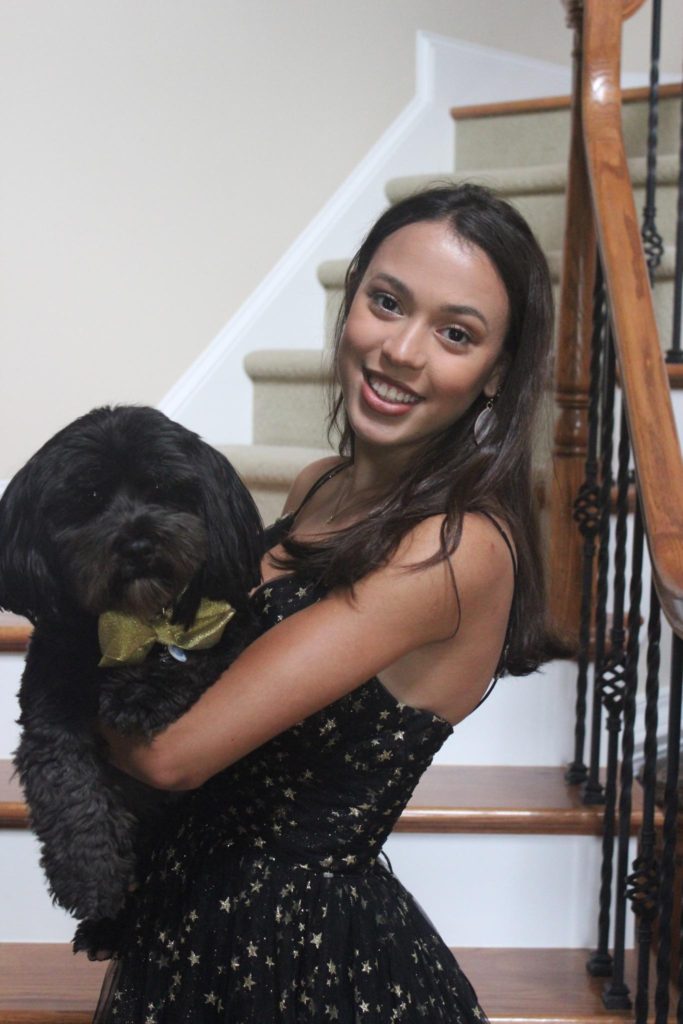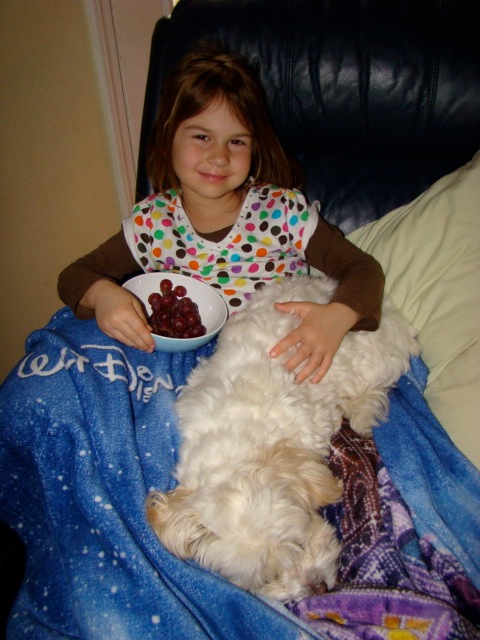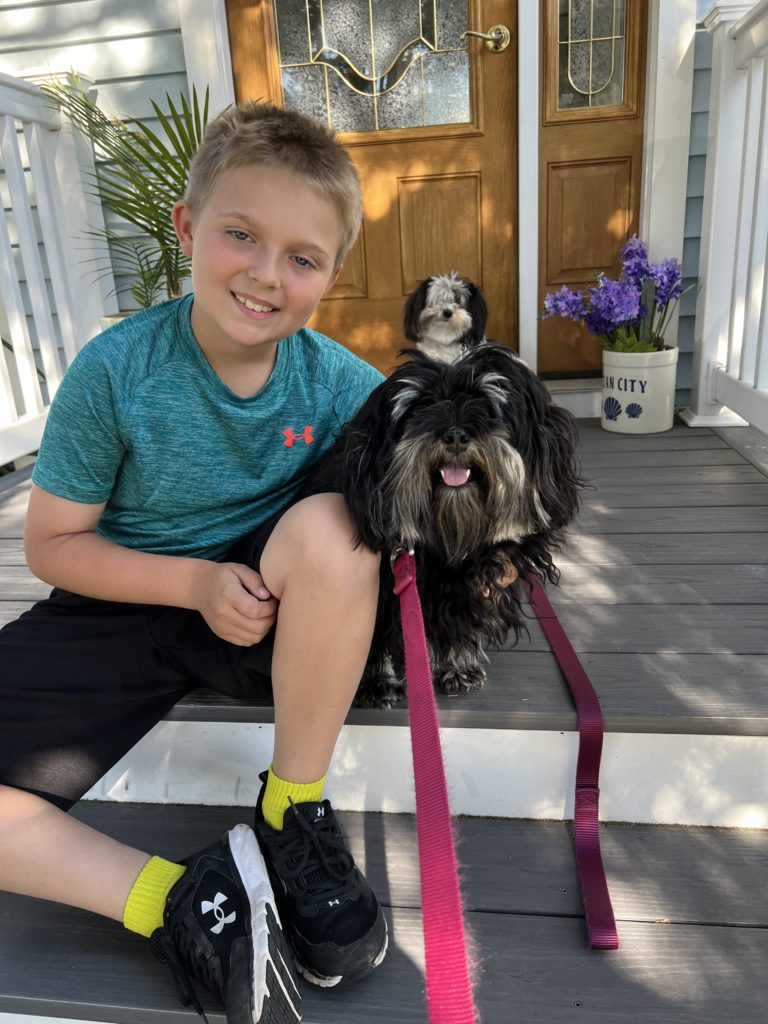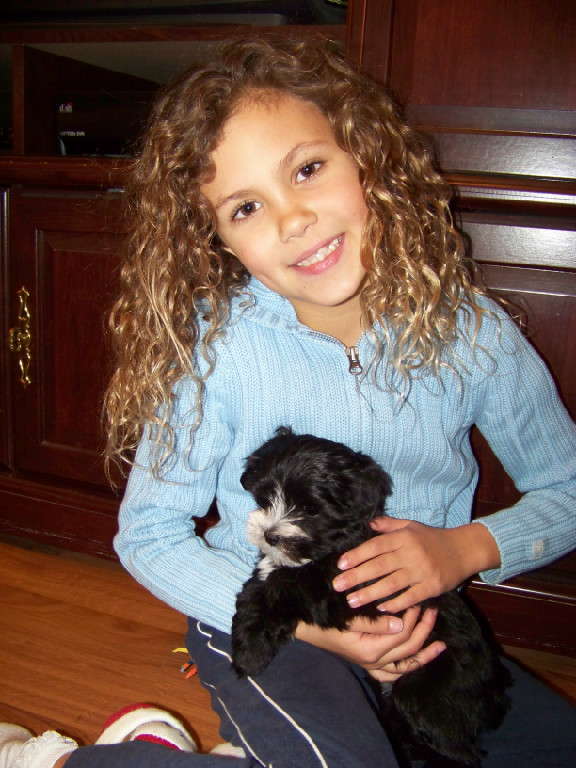Guidelines For Families With Children
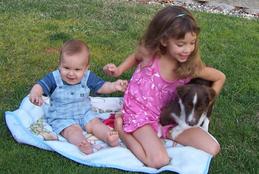
Safety is the number one thing when it comes to dogs and kids. We want the dogs to learn to protect their family and kids. At the same time, we want them to be their best play buddies. For the puppies, they are looking to you, the parents, to help set guidelines and rules for how the children will play and interact with them, so that they too, are safe. When these rules are broken, there needs to be appropriate age-specific enforced consequences for the children’s actions. As a family, you need to sit down and go over the rules that will apply to getting and having a new puppy in the home. Getting a puppy is a big addition to a family that already has established routines and habits. Some habits will need to be changed once picking up your new puppy. The puppy is like having a newborn baby that has needs and desires. Listed below are some guidelines, thoughts and new rules to share with your children so that you have many happy years with your family’s new puppy as it grows to be a full grown loving family dog.
- When walking around, always look to see where puppy is located so you don’t step on him. Many times, walking while scooting your feet is a good place to start practicing. No running or quick movements for awhile until puppy has learned not to run under your feet. Also, using socked or bare feet will assist in you being able to feel puppy’s feet if you are stepping on them. We park our shoes at the door on entering our home.
- Search the house for hazards and correct all problem areas before you have a serious accident. Being pro-active is better than reactive. Accidents will happen, but if we can foresee them before they can happen, many accidents are preventable.
- If you have never had a dog before, I suggest getting a dog book to help give you advice on how to treat a dog and READ it for suggestions on training. As soon as puppy’s first series of shots are complete, I suggest enrolling your puppy in puppy socialization classes. After passing that class, I suggest you advance your puppy in obedience classes so that you will have the wonderful puppy you expect down the road.
- The kids should not pick up puppy until it has learned to trust them. They are very squirmy and can jump out of their hands very quickly, hurting themselves. Usually, the puppy will first bond with one person with whom they feel the most comfortable and secure. Then that person can help with the exposure and introduction to the other family members to get puppy comfortable with all of them.
- When wanting to learn how to pick up the puppy, start with sitting or lying in the floor either in the Indian style or on your tummy, so puppy can sit in your lap or come to you. Then, gradually progress to puppy correctly being held in the arms supporting the feet, body and upper body. Fragile arteries and nerves are in the armpits which can be damaged if picked up incorrectly. Also, if puppy feels insecure, puppy can jump out of your arms and hurt himself badly. For the first week, I suggest that the kids not pick up their puppy, if possible. If puppy comes to you and stands up like he wants to be picked up, you have progressed to the next level and some trust is being shown. Picking up, holding and snuggling permission has been granted by the puppy. It might only last for a few seconds, so be prepared for a squirming puppy wanting down.
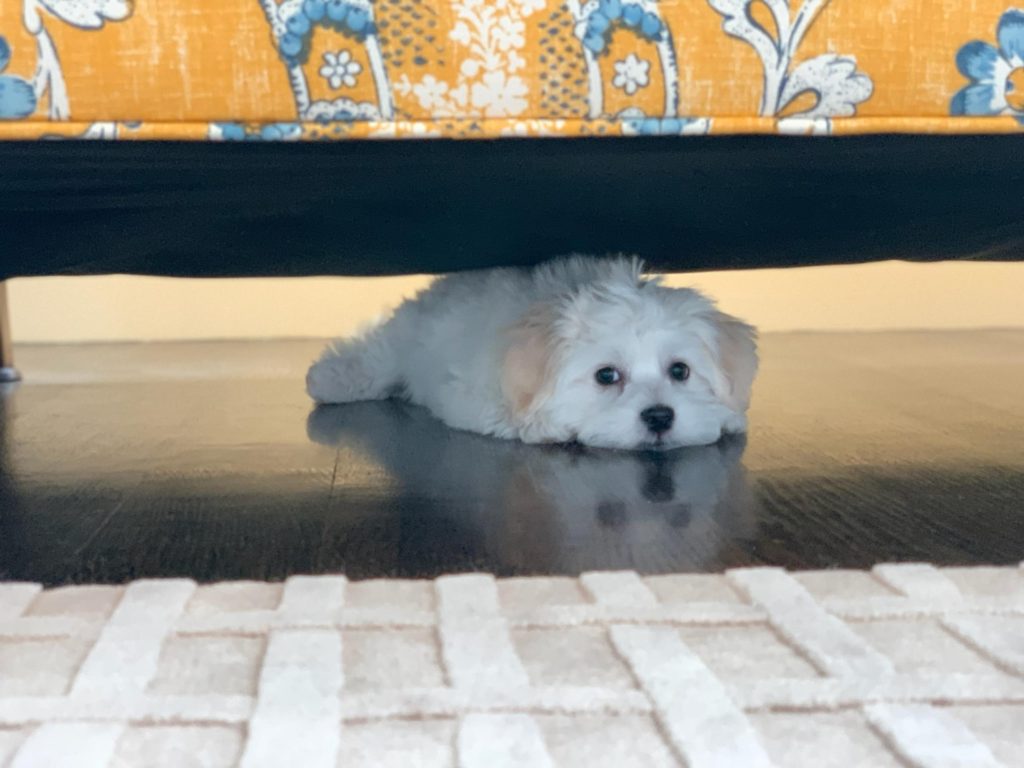
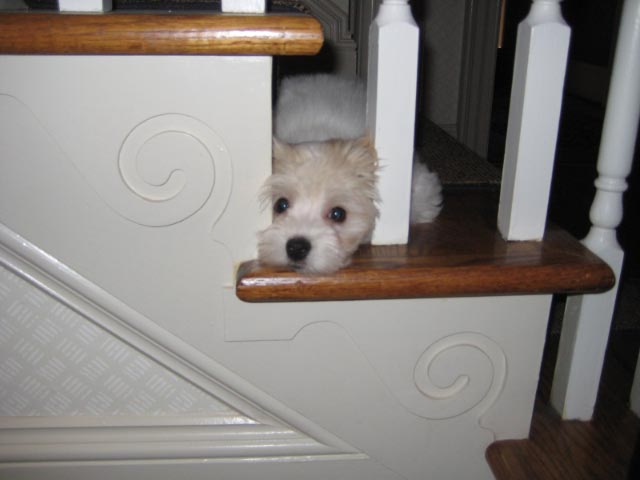
Steps are not recommended until they are about 6 months of age. Puppy’s joints and knees are still forming, so jumping up and off high furniture is not recommended until later in life. Even though they want to try to jump, their perception and coordination is not developed. They might fall down a big set of stairs, hurting themselves badly. They won’t mean or want to hurt themselves, but they are little babies and don’t know the dangers that such activities can cause.
Creating a Safety Zone for Puppy
If puppy runs under the bed, chairs, couch or under furniture, don’t pull puppy out, unless puppy is in danger. Allow puppy to come out on his own timing, once he feels secure. You can encourage puppy to come out by offering him a treat. He is showing his fear at that time. He will come out when he doesn’t feel threatened. When puppy does come out, ignore him and allow him to come to you on his terms. Don’t use quick motions and loud sounds to scare puppy. Even the refrigerator may hum differently that what he is used to, so even different sounds can scare him. Until he learns that these are normal noises, he will show insecurity and fear. This could be shown by cowering, tucking of the tail between his legs, shifting in the eyes from side to side while checking out options for escape, not making eye contact with you, or even growling. Pulling puppy out could also cause bones to pop out of joint, injuring him for the rest of his life. Fear biting is the extreme level of being scared. Once a puppy learns to bite, this action must be correctly quickly. That kind of behavior will possibly escalate to aggressive behavior.
The puppy is a living being, not a baby doll or toy. They do not need to be strolled in a baby stroller, taken to the top of a slide and allowed to slide down or treated as an object. Respect the puppy as a living being, a family member. His arms and legs only move a certain way. Don’t pull on the legs or feet, you can break them. Learn to know your touch. When you are rubbing and petting puppy be considerate of how hard you are rubbing.
When going in and out of the door, get into the habit of watching the door close to make sure puppy is NOT in the door. Don’t let the door slam on puppy’s body or his paws. Better yet, get into the habit of giving puppy the commands to stay or back, that way, they get the idea that it is not okay to dart out of an open door. Then give a command for puppy to proceed through the door.
Growth plates do not finish growing until puppies are 2 years old. If injured, puppy could have joint problems the rest of his life.
Destruction and Messes will Happen
Puppies are going to make messes and chew on things. When they do, correct appropriately so you don’t break puppy’s trust. No hitting, ranting or raving. All of those wonderful wooden furniture items, including door frames, chair legs, window seals, all look like good teething toys to a puppy. When being unsupervised, puppy needs to be in a playpen, crate, or enclosed area without furniture in their reach. When they are caught chewing on something you don’t want them to chew on, correct by making the correction noise, saying, “No, NO” and then handing them something that they can chew on like a Nylabone or something safe for their chewing strength. You will need to teach them what they can chew on. Yes, these pictures do not really say the words that I was expressing when I found this mess in my kitchen and living room. Legs chewed, window seal chewed, wall paper torn down, and torn up in a zillion little pieces, along with chewed sheet rock in the wall. It’s easier to tell you what to do when these situations occur, however, it is so difficult when it occurs. Trust me, it will happen, so be prepared. Below is a picture of a playpen where puppy can be left unsupervised safely. There will be times when you need to do the laundry, clean the house, go to another room where puppy can not come.
Nipping and Biting must be Corrected
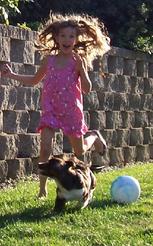
At first, while things are new, only let puppy out with the kids for about 20-30 minutes at a time while being supervised. Then, give puppy about 2-3 hours of alone time in a small enclosed area like an exercise pen, or crate. Once your child has demonstrated trust and good playing habits with the puppy, then you can gradually start to let them interact without supervision. This is not only for the safety for the puppy, but for your children. If you don’t correct bad behaviors towards the puppy with your children, this can lead towards your puppy getting more aggressive, like growling, nipping and eventually biting your child or other’s. Other behaviors could be opposite like submissive, stress urination. This is when a puppy starts to cower and starts peeing while being touched out of fear. Once any of these behaviors are seen, it is difficult to correct. Puppies don’t already know how to behave and interact with children and their unpredictable behavior. Even if they have learned to be comfortable with children, this exposure needs to be continued because puppy doesn’t remember behaviors in long term until they are older, nor do children.
Don’t ever run or chase after puppy. This will teach them to run away from you. You want to teach puppy to follow you and come to you, not fear you. Call their name and have them chase you, but if puppy begins jumping up as you run, or trying to nip, correct that behavior IMMEDIATELY. This is the beginning of a prey vs. predator type behavior. This could escalate to a dog bite.
Never kick or act like you are going to kick puppy, like a karate move. This can be viewed as an aggressive move to puppy and they can learn to bit, nip at the feet and try to defend himself. When moving the vehicle, always know where your puppy is before putting it in motion.
Water Precautions
When there are bodies of water around the house, either keep them guarded by fences, heights of walls or supervise puppy while out around the water. Puppy might think it is fun to play in the water, but may be unable to get out and could drown. How horrible to find your puppy dead in the water. When going swimming, it’s a good idea for puppy to wear a life jacket. They maybe okay to swim for awhile, but can tire easily and be unable to make it back to shore. Restraints, Life Jackets, supervision and Physical barriers are the key to water safety.
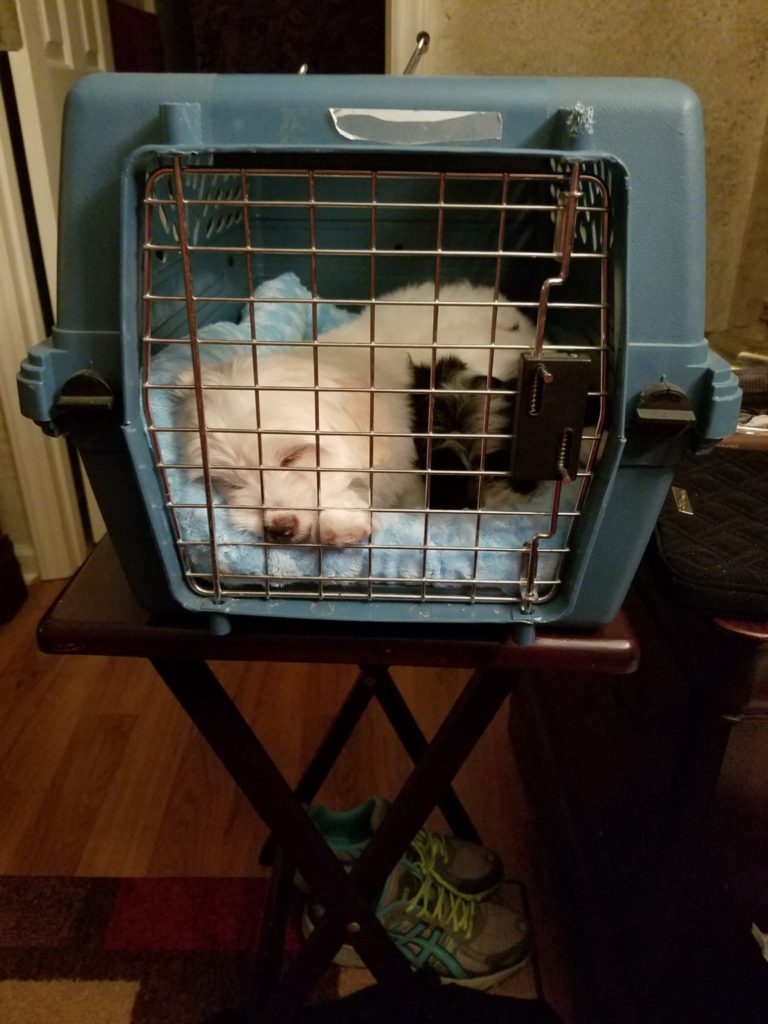
Establishing a Good Routine
Too much too quick can scare a puppy. Don’t over stimulate your puppy. Too many new toys, areas of the house, friends, children, touching can cause puppy to get stressed, leading to a sickness that can kill them. They need proper sleep, exercise, food and water. It is very important to establish a sleeping routine for puppy. If puppy is so scared that he is not getting good sleep, this can affect his personality, making him more grumpy, snappy and temperamental. This is just like humans who are sleep deprived. They need good solid sleep. That is also true for naps. It is recommended that you sleep with them close by and then gradually move them away from you once they have become more familiar with the household sounds. When waking your new puppy, you need to use the same words and phrases that help them recognize your voice, as not to startle them. When they have slept all night, their blood sugar levels are at their lowest point and they could be a little confused right at first waking.
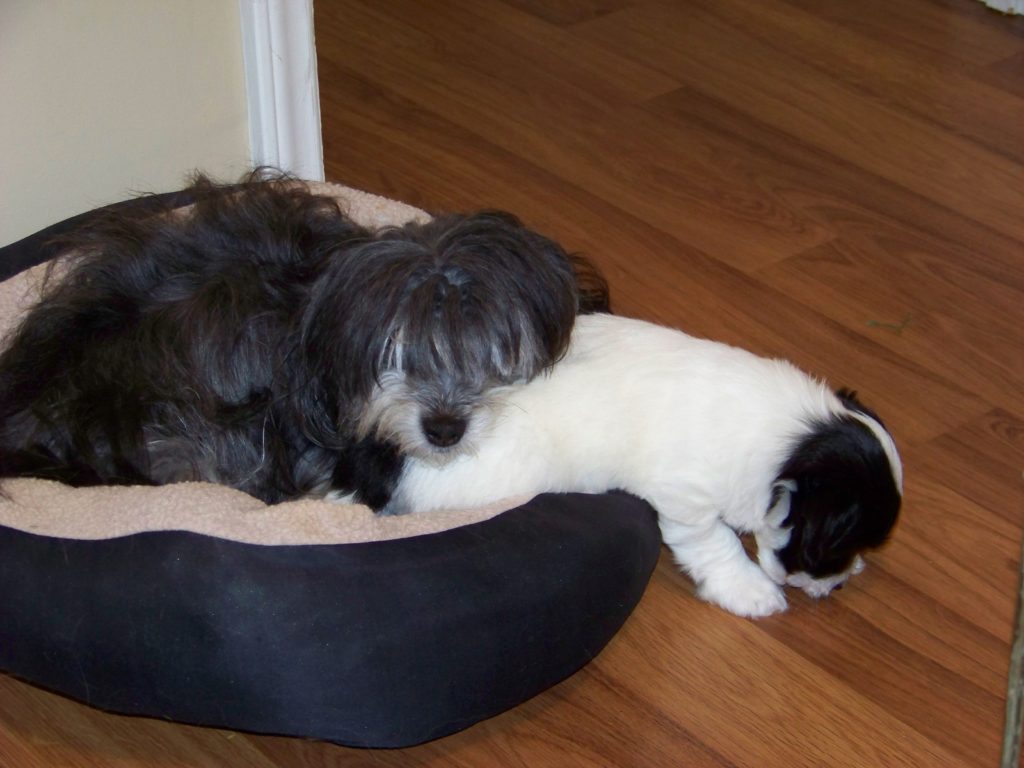
Set a Routine
Flower Gardens, Fountains, Trees, Insects, Yard Debris, Decks of Height and Big
Birds of Prey All Pose Hazards to an Unsupervised Puppy
In the yard, there are many plant hazards that puppy should not be around. Some are poisonous, other’s cause stomach irritation, other’s prickly on the toes, like rose bushes or briers like hitchhikers. It might be a good idea to put up a little garden fence to keep puppy out of certain areas. You have to teach them at an early age where you want them. A good word to teach is “off.” Check on the Poison Control Website on the ASPCA website. Playing in the outdoors can be so much fun but exploring can be dangerous. Knowing what type of plants you have in your yard is KEY.
There are some insects that bite or sting, others like frogs secrete oils and solutions through their pores that can make a dog so nauseated that they start vomiting. There are mushrooms that if eaten, are poisonous and can cause liver damage. Inspecting the yard and watching what your puppy is playing with helps keep him safe. Puppies love to put all kinds of things in their mouths, just like toddlers.
Fenced Yards can have Problem Areas that Need to be Inspected and Corrected
Areas where there are heights greater than puppy’s height, safety guards need to be in place such as baby-gates, fencing, mesh wire or objects so they can’t fall off. Remember those spaces in between the balcony railing. Puppy will not realize the ground maybe far away. He could possibly just inquire a little too far and fall right through those slats to the ground harming himself, worse yet, causing him to fall to his death.
Making Introductions
When introducing puppy to other dogs, remember that all dogs are not nice. Big dogs play differently than small dogs. Big dogs have a lot of power to their pounce. Just being stepped on my a big dog’s paw could seriously hurt puppy. Some dogs have more protective territorial natures that could harm your child or even get puppy killed. Even though you have been around a particular dog before and they seem nice, does not always guarantee that the dog will be nice around you with a new puppy. It might just be the thing that brings out the worst in the other dog. If puppy cowers away from a new introduction or doesn’t want to go meet another dog, puppy could be telling you something that he is sensing, so don’t press the issue.
When having guests over, puppy needs to be with the person they trust the most at greetings or in a small safe place. That way puppy is comfortable and can learn that guests are okay. Dogs are very sensitive to their human’s feelings. They can also pick up that person’s energy by their touch, tone of voice and communication style that is being used. Once puppy feels secure and non-threatened, puppy can be let down to sniff that person and walk around freely. Make sure not to caudal too closely or hold too tight, that could also teach puppy to be afraid of people. When the guests are children, puppy either needs to be put up or supervised with the kids at all times because those other children may not protect your puppy the way you would desire.
Good calm behavior is a must to help build trust.
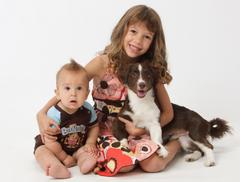
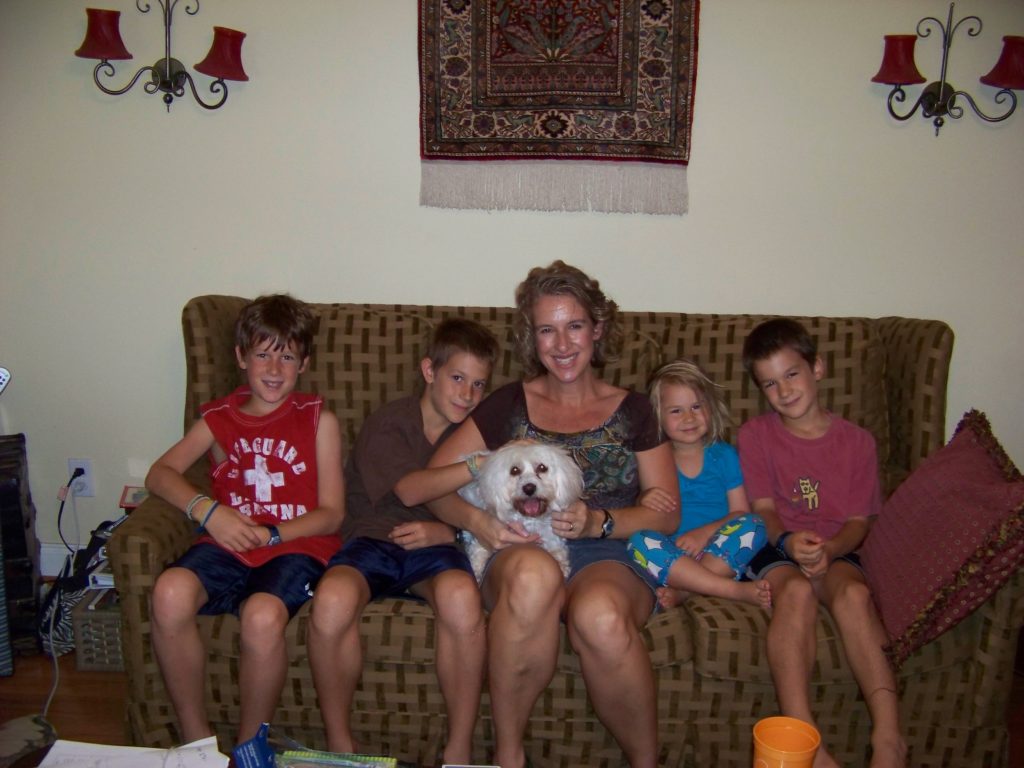
Training Classes
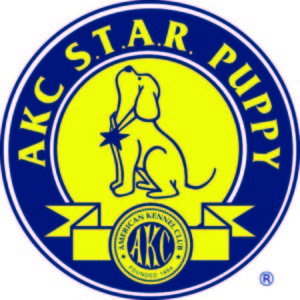
Remember that the relationship you start while they are young will help you achieve getting that dog you always wanted. Dog’s don’t come in pre-trained, pre-packaged boxes. The dog you will have 2 years after you get them is time, energy and training you put into him while they are young. If he is unruly, undisciplined and untrained, that is what you will have later, a big problem. Enroll your puppy in puppy kindergarten class to help with socialization skills. These skills are quickly forgotten once they get older and can create a territorial, non-social dog. Taking him out to areas that accept dogs is always a good idea while young. Examples are like Petsmart, Petco, Pet SuperMarket, Home Depot, Lowes and non-food places. Having strangers petting them in a non-threatening manner helps them keep their social skills. Having weekly field trips and play dates are wonderful ideas.
Local non-profit kennel clubs also offer a variety of classes at very reasonable prices. Puppies can earn their Canine Good Citizen title and explore AKC performance sports. When old enough, I strongly recommend obedience training. Your puppy is inclined to want to please you. That is the nature of a dog. Once your puppy has mastered certain skills, you will realize it was the best investment you ever made. That will help your dog reach his highest potential.
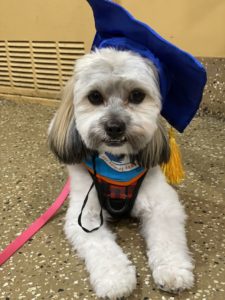
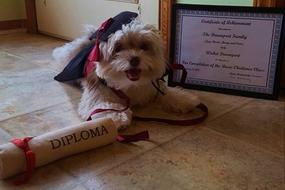
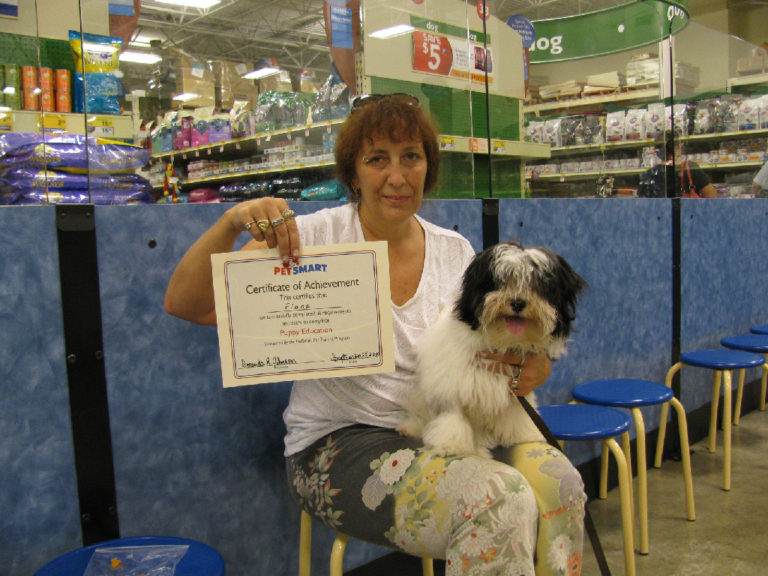
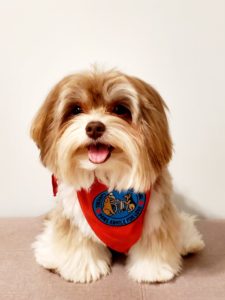
Being Proactive is Better than Having to be Reactive
Remember that the relationship you start while they are young will help you achieve getting that dog you always wanted. Dog’s don’t come in pre-trained, pre-packaged boxes. The dog you will have 2 years after you get them is time, energy and training you put into him while they are young. If he is unruly, undisciplined and untrained, that is what you will have later, a big problem. As said before, being proactive instead of having to be reactive is much better. All of the points listed above are to help you think about safety proofing your kids, puppy and home, so that you have many years of happiness in a safe environment. These points are just some guidelines that I teach my younger friends and family members when learning how to interact with my dogs and puppies. Hopefully, these points mentioned will assist in helping build a wonderful new relationship with your new puppy.

